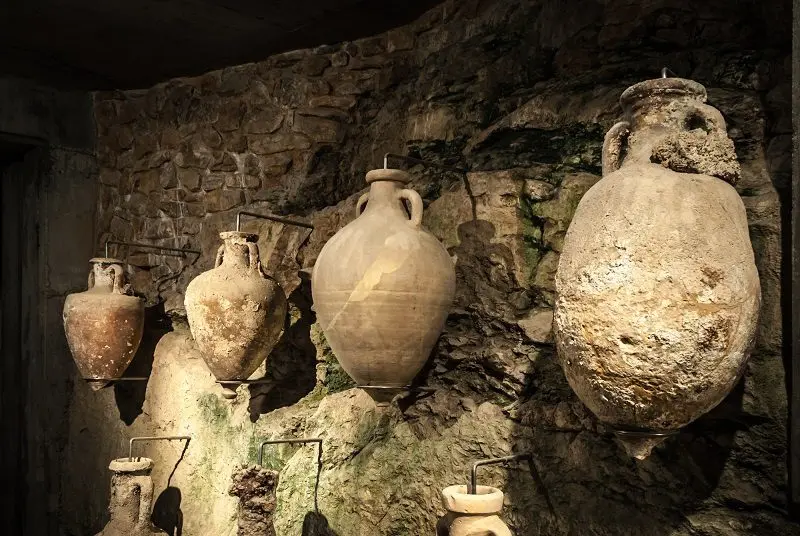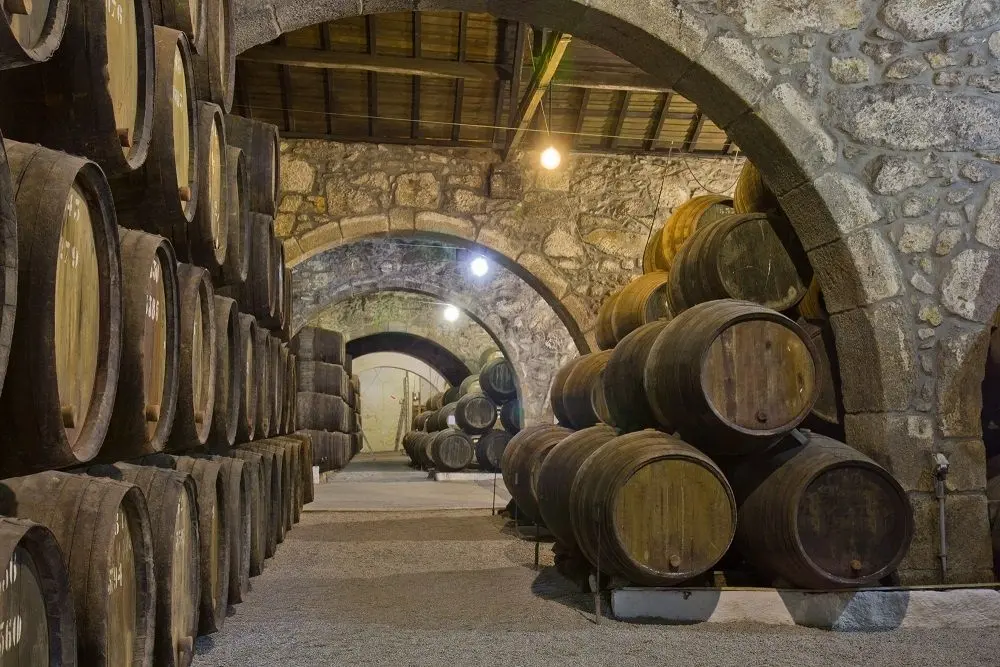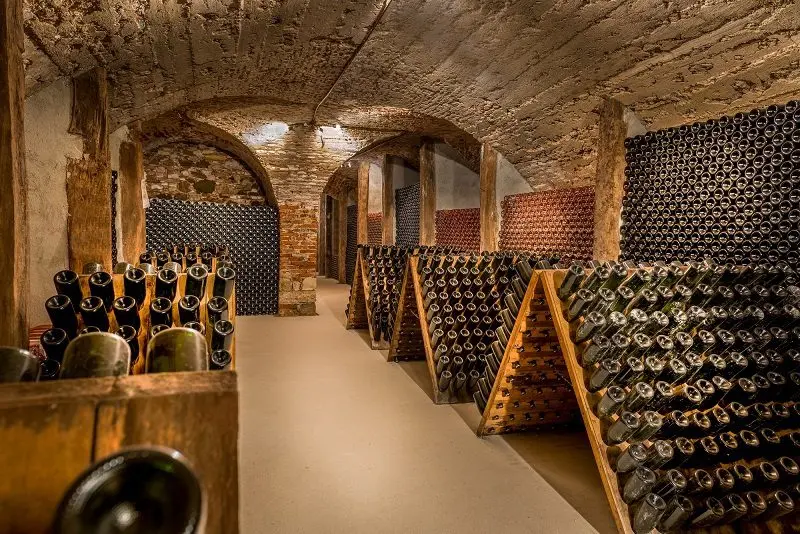Contents
It is believed that the older the wine, the better it is. In fact, long-term exposure does not always improve the taste, and for some species, for example, the French Beaujolais, it is completely fatal. Wine can be compared to a living organism: it matures, becomes mature, then begins to age and, ultimately, dies. The length of the life cycle depends on many factors.
In Antiquity, wine was considered the best immediately after fermentation. This is due to its rapid souring. In those days, there were no containers that reliably protected the drink from contact with air; as a result, nothing inhibited the development of acetic bacteria. Before a new batch, merchants sold their stocks for next to nothing. Only some wines were stored for several years in tightly closed clay vessels (amphoras) or barrels filled to the top. But this was the exception to the rule.

The situation changed only at the beginning of the XNUMXth century, when glass bottles and corks appeared, and barrels began to be fumigated with sulfur. New technologies have made it possible to store wines for years, gradually improving the quality. A new era of winemaking has begun, in which proper aging is valued no less than the skill of caring for a plantation, blending grape varieties and fermentation.
Wine aging – this is the process of storing a fermented drink under conditions (temperature, humidity, light, air access) that improve its quality. During aging, poorly understood chemical processes take place, in which organic acids are converted into esters and other substances that change color, smell and taste.
Young red wines develop a yellowish tint, after a few years their color resembles tiles or bricks. White wines darken noticeably and are usually not aged longer than 4-5 years as this does not improve the organoleptic properties. Interestingly, old red and white wines are usually the same color, they are yellow or brown.
The sharp primary smells, dependent on grapes, are replaced by soft fruity and floral tones. Aging for 10 years or more reveals a third wave of aromas, mostly animal, that make the drink unique. After 2-3 years, the level of tannins in young wines decreases, due to which their astringency disappears. The taste becomes soft and balanced.
The aging period of wine ranges from six months to tens, and sometimes even hundreds of years, it depends on the following factors:
- alcohol and sugar content – the stronger and sweeter the wine, the longer it does not age;
- grape variety – wine from varieties with a high content of tannins, for example, Cabernet Sauvignon, is stored better than others;
- age of the vine – old low-yielding plantations give a richer wine, amenable to long aging;
- type of soil – good wine will not work on fertile soil, the vine must “suffer” on poor but well-drained soil;
- weather – with a lack of heat or light, the grapes ripen poorly, if they are harvested in rainy weather, the wine turns out to be watery;
- production technology – insisting the must on the pulp and fermentation in a barrel increase the content of tannins, increasing the exposure time;
- temperature – the lower, the longer the wine is stored;
- container volume – in small bottles, chemical processes proceed faster, leading to rapid aging.
Approximate aging times for different types of wines:
- canteens (white and red) – up to 3 years;
- light white – 4-5 years;
- light red dry – 5-8 years;
- noble whites – 10-20 years;
- saturated dry red – 15-35 years;
- the best reds of outstanding years – 80-100 years;
- strong and dessert wines – up to 150 years.
There are two ways of aging wine: in barrels and in bottles.
Barrel aging
Saturates the wine with tannins and oak tones. In most cases, it lasts from 4 weeks to 6 years or is not applied at all. Barrels filled to the top are stored in special basements with an air temperature of 11-18°C and a humidity of 85%. A small amount of air enters through the pores of the wood, accelerating maturation. Through the same pores, 2-4,5% of wine evaporates every year, so you have to add wine of the same quality or better.

Barrels are made from a rare breed of oak growing in France. Each container serves an average of 30-50 years, after which it is used for cognac aging or disposed of.
bottle aging
An obligatory stage for almost all wines, thanks to which optimal quality is achieved. Depending on the production technology, some wines are bottled after fermentation, others after barrel aging. It is very important to protect the drink from any contact with oxygen. To do this, the bottles are hermetically sealed with corks, leaving an air chamber with a volume of 1,5-3 cm³ inside. The cork is filled with sealing wax or other similar mixture.
Bottles are stored in a horizontal position (so that the wine wets the cork, preventing it from drying out) on special shelves in a dark room with a temperature of 10-16°C and a humidity of 83-86%. They are inspected twice a year for defects.

At home, bottles are sometimes stored in dry sandy soil in areas that do not flood melt and groundwater. First, they dig a hole 1,5-2 meters deep and cover it with straw. Then the bottles are laid in a horizontal position, filling the gap with dry sand. The pit is filled with dug earth. Regardless of the season, it will always have a stable temperature.
PS In old wineries with rich traditions, there are enoteca – stocks of long-term wines from different areas, vineyards, plantations, prototypes and foreign standards. They are of practical, scientific, and sometimes historical value. If possible, I advise you to go on an excursion to such a place, local guides will tell you a lot of interesting things.









